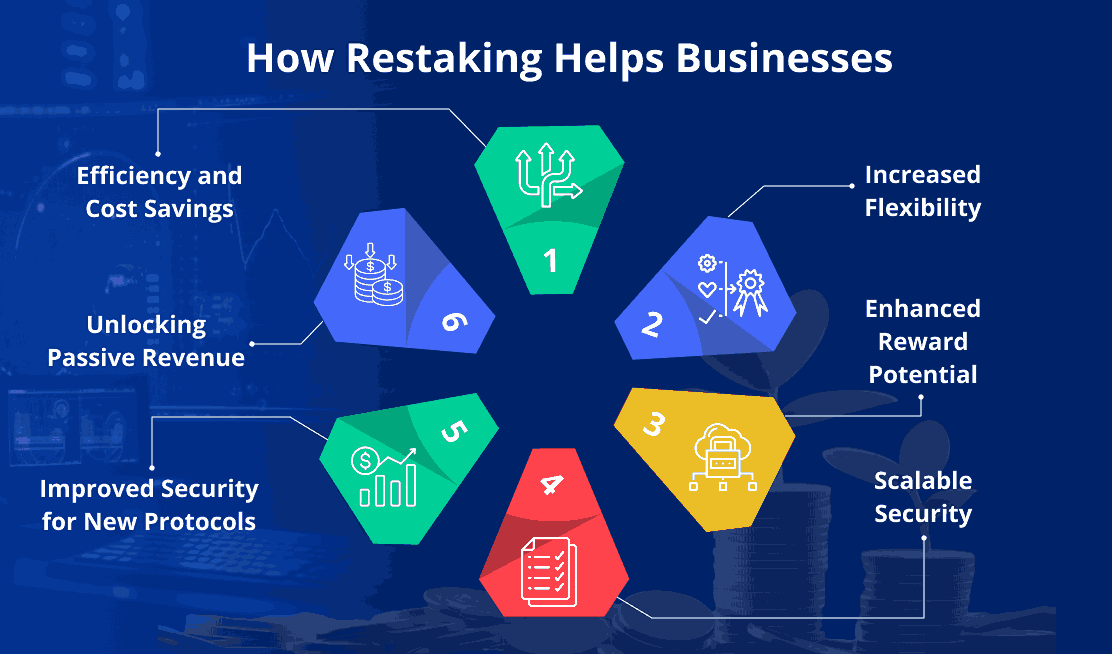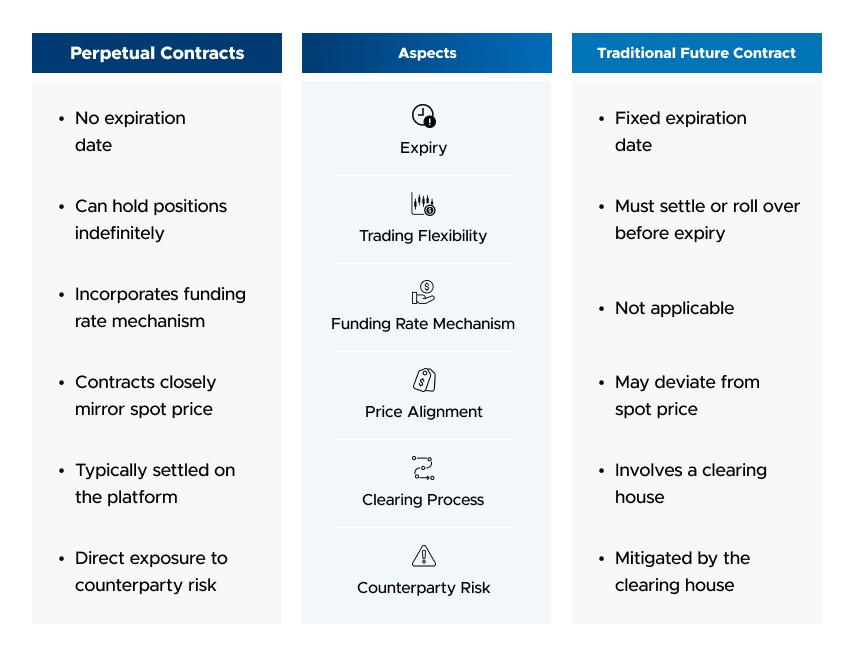Do you know what makes a project run smoothly from start to finish? Well, it's not just about having a solid plan - it's about managing resources effectively. When team members are overburdened or critical tools are unavailable, even the best-planned projects can derail. Resource tracking bridges this gap by giving managers a clear view of where their resources are going and how effectively they are being used. It ensures that every team member, piece of equipment, and financial asset contributes to the project's success.
In this blog, we'll explore what resource tracking is, why it's essential, its key benefits, and the emerging trends shaping its future.
What is Resource Tracking?
Resource tracking is the process of monitoring and managing the allocation, performance, and availability of resources throughout a project's lifecycle. It involves keeping a close eye on human resources, finances, equipment, and time to ensure that tasks are completed efficiently. By tracking resources, managers can identify gaps, reallocate resources where needed, and prevent potential delays. This process helps organizations stay on schedule, control costs, and maintain quality standards.
Why Tracking Resources is Important
Resource tracking plays a vital role in project success. Without proper performance resource tracking, resources can be misallocated or wasted, leading to missed deadlines and increased costs. Studies show that 68% of projects successfully meet their goals, deadlines, and budgets when resource tracking and management are effectively implemented. It helps managers understand which resources are being overused or underutilized, allowing them to make informed decisions. Additionally, resource tracking enhances team collaboration by promoting transparency and accountability, ensuring that everyone is aligned toward common goals.
Significant Benefits of Resource Tracking and Resource Management
Improved Resource Utilization
Resource tracking ensures that team members and equipment are allocated effectively, minimizing downtime and maximizing productivity.
Enhanced Project Planning
By providing real-time data, resource tracking helps managers plan better and forecast project timelines accurately.
Cost Control
Tracking resources helps organizations avoid unnecessary expenses by identifying areas where cost reductions can be made.
Increased Productivity
Ensuring that the right resources are assigned to the right tasks boosts team efficiency and project outcomes.
Better Risk Management
Identifying resource shortages or bottlenecks in advance reduces the risk of project delays and failures.
Transparent Communication
Resource tracking promotes collaboration by giving all stakeholders a clear understanding of resource availability and project progress.
Key Aspects of Resource Tracking
1. Types of Resources Tracked
- Human Resources: Employee workloads, availability, and productivity.
- Material Resources: Equipment, raw materials, and consumables.
- Financial Resources: Budget tracking and expense management.
- Time Management: Task durations, deadlines, and schedules.
2. Techniques for Resource Tracking
- Gantt Charts: Visualizing resource allocation over project timelines.
- Resource Calendars: Scheduling availability and workload.
- Work Breakdown Structure (WBS): WBS planning is adopted to organize tasks and assign resources.
- Time Tracking Software: Logging work hours and productivity with the time tracking software tool.
- Cost Tracking Tools: Monitoring budgets and expenses.
3. Real-Time Monitoring and Forecasting
- Using AI-driven tools to predict resource shortages.
- Real-time dashboards for instant updates.
- Historical data analysis for improving future allocation.
Future Trends of Resource Tracking in 2025 and Beyond
AI and Automation
Artificial Intelligence (AI) will play a significant role in automating resource tracking processes. AI-powered systems will analyze data, predict resource requirements, and suggest optimal resource allocation to prevent delays.
Real-Time Data Analytics
Advanced analytics tools will provide real-time insights into resource utilization, helping managers make data-driven decisions and quickly adapt to changes.
Blockchain for Transparency
Blockchain technology will revolutionize resource tracking by ensuring secure and transparent record-keeping. It will prevent data manipulation and improve accountability across teams.
IoT Integration
The Internet of Things (IoT) will enable real-time tracking of physical assets and equipment. By integrating IoT with resource tracking systems, organizations can monitor asset performance and usage more effectively.
Hybrid Work Management Tools
With remote and hybrid work models becoming the norm, specialized tools will facilitate seamless resource tracking across distributed teams. These tools will enhance collaboration and ensure that resources are efficiently utilized, regardless of location.
Frequently Asked Questions (FAQs)
1. What types of resources can be tracked?
Organizations can track human resources, financial assets, equipment, and project timelines.
2. How does resource tracking improve project efficiency?
It helps managers allocate resources optimally, reduces bottlenecks, and ensures smooth project execution.
3. Is AI-based resource tracking reliable?
Yes, AI-based solutions offer accurate predictions and automate routine tasks, improving overall reliability.
4. Can small businesses benefit from resource tracking?
Absolutely! Small businesses can enhance operational efficiency and control costs with effective resource tracking.
Summary
Resource tracking is no longer a luxury - it's a necessity for organizations aiming to stay competitive in today's fast-paced world. It ensures that resources are utilized effectively, helping businesses meet deadlines, control costs, and improve overall efficiency. With advancements in AI, blockchain, and IoT, the future of resource tracking looks even more promising. Companies that adopt these technologies will gain a competitive edge and drive sustainable growth.
Are you ready to enhance your resource management strategy? Contact us today to explore how our innovative solutions can optimize your operations and ensure seamless project execution. Leverage Oodles' expertise in AI, blockchain, and IoT to take your resource management to the next level.




 Languages
Languages ENGLISH
ENGLISH
 Work
Experience /
Trainings / Internship
Work
Experience /
Trainings / Internship
 Education
Education Certifications
Certifications






